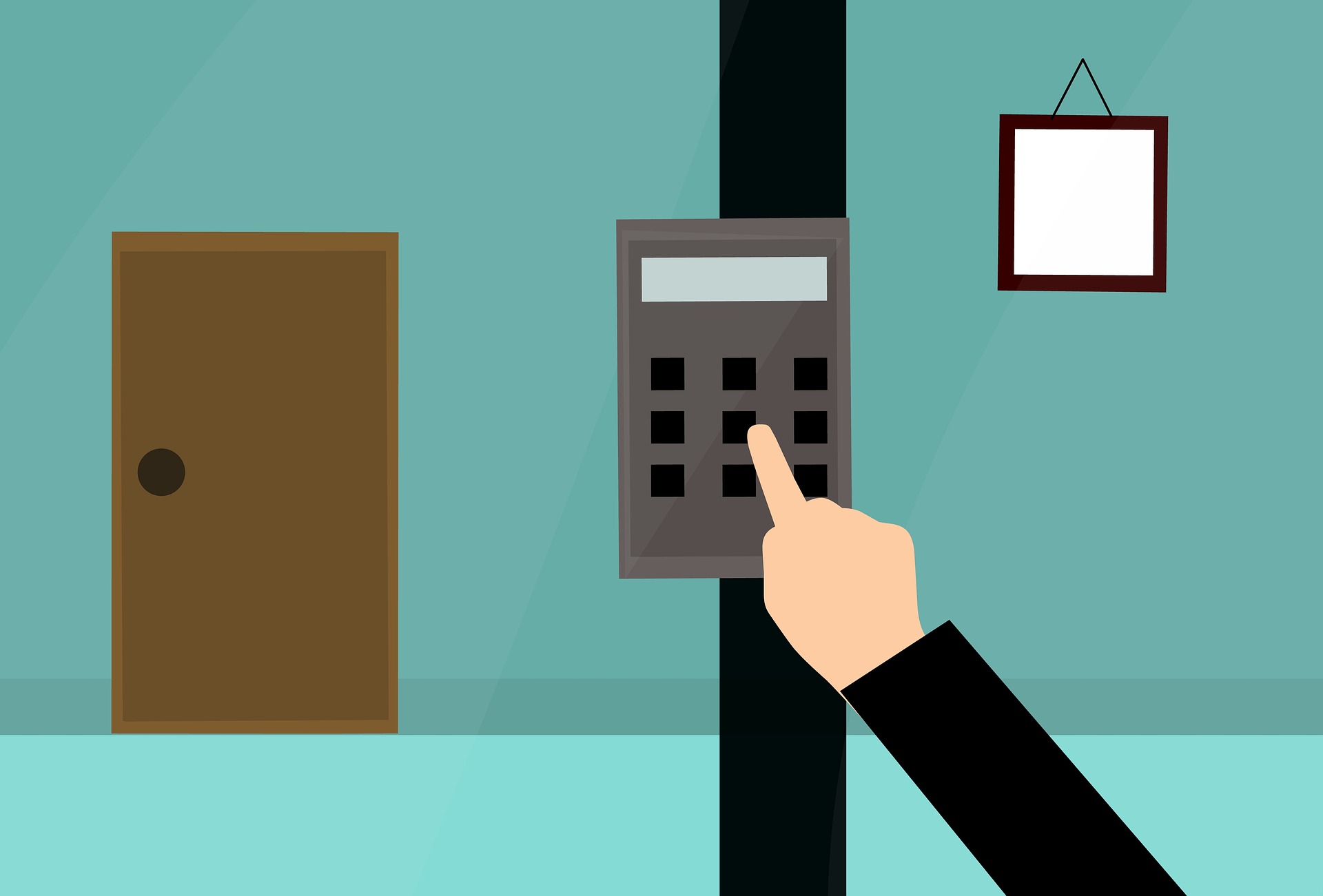Types of access control

Access controls validate and approve people to access the data are permitted to see and utilize. To viably secure our data, association's access control strategy should address these (and other) questions. What follows is a manual for the nuts and bolts of access control: What it is, the reason it's significant, which associations need it the most, and the difficulties security experts can confront. Access control is a technique for ensuring that clients are who are and that have the proper access to organization data. At an undeniable level, access control is a specific limitation of access to data. It comprises of two primary parts validation and approval, head of exploration for IBM's X-Force Red, which centers around data security. Verification is a method used to confirm that somebody is who guarantee to be. Confirmation isn't adequate without anyone else to secure data. What's required is an extra layer, approval, which decides if a client ought to be permitted to access the data or make the exchange are endeavoring. Without verification and approval, there is no data security, "In each data penetrate, access controls are among the primary approaches explored," National Security Services, Inc. "Regardless of whether it be the accidental openness of delicate data inappropriately got by an end client or the Equifax penetrate, where touchy data was uncovered through a public-confronting web worker working with a product weakness, access controls are a key segment. At the point when not appropriately actualized or kept up, the outcome can be cataclysmic."
Any association whose employees interface with the web at the end of the day, each association today needs some degree of access control set up. "That is particularly valid for organizations with employees who work out of the workplace and expect access to the organization data resources and services,"CEO of cybersecurity firm empow. Put another way: If our data could be of any incentive to somebody without appropriate approval to access it, at that point our association needs solid access control. These access commercial centers "give a snappy and simple route for cybercriminals to buy access to frameworks and associations. These frameworks can be utilized as zombies in huge scope assaults or as a section highlight a focused on assault," the report's creators. One access commercial center, Ultimate Anonymity Services (UAS) offers 35,000 certifications with a normal selling cost of $6.75 per qualification. The Carbon Black analysts accept cybercriminals will expand their utilization of access commercial centers and access mining since they can be "exceptionally worthwhile" for them. The danger to an association goes up if its undermined client accreditations have higher advantages than required. Most security experts understand how basic access control is to their association. Be that as it may, not every person concedes to how access control ought to be implemented. "Access control requires the authorization of steady approaches in a unique world without conventional boundaries," clarifies. The vast majority of us work in cross breed conditions where data moves from on-premises workers or the cloud to workplaces, homes, lodgings, vehicles and bistros with open wi-fi problem areas, which can make upholding access control troublesome. Associations should decide the fitting access control model to embrace dependent on the sort and affectability of data are handling. More seasoned access models incorporate optional access control (DAC) and mandatory access control (MAC), job based access control (RBAC) is the most well-known model today, and the latest model is known as property based access control (ABAC).
A modern access control strategy can be adjusted powerfully to react to advancing danger factors, empowering an organization that has been penetrated to "disengage the applicable employees and data resources to limit the harm. Undertakings should guarantee that their access control advancements "are upheld reliably through their cloud resources and applications, and that can be easily moved into virtual conditions like private mists," "Access control rules should change dependent on danger factor, which implies that associations should convey security examination layers utilizing AI and AI that sit on top of the current organization and security design. It additionally need to distinguish dangers continuously and robotize the access control governs in like manner."